…funny you should say this @BoRRoZ! I have industrial 22mm pushbuttons due any day from the East for a project which will probably finish with matrixed adhesive membrane buttons in three weeks from now.
I know who to blame! 


…funny you should say this @BoRRoZ! I have industrial 22mm pushbuttons due any day from the East for a project which will probably finish with matrixed adhesive membrane buttons in three weeks from now.
I know who to blame! 


and the mailgirl was here 
I was playing a few weeks ago with Google Assistant and I didn’t like the quality of the amplifier I had used.
The problem is there are not many small amp modules on only 5v… most operate on 12v
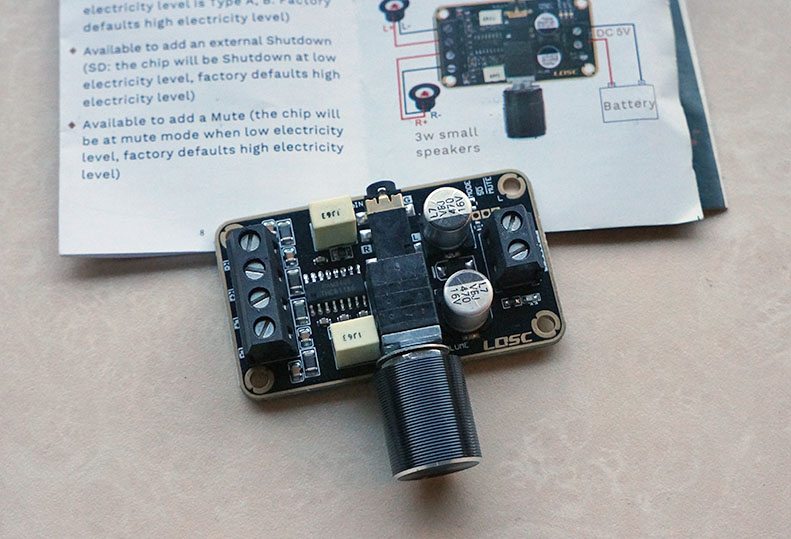
PAM8406 Digital Amplifier Board 2x5w Dual Channel Digital Amplifier Board (pcb quality looks ok)
this one has the possibility to
and that’s interesting to preserve power… let’s hear the sound quality first
I had also ordered from the PiHUT UK these very small and very nice non latched buttons with build in red/green/blue led’s, can’t buy them locally, can’t find them in China 

Giving KISS LoRa a second life by installing it on a 3D printed bracket in a plastic housing.
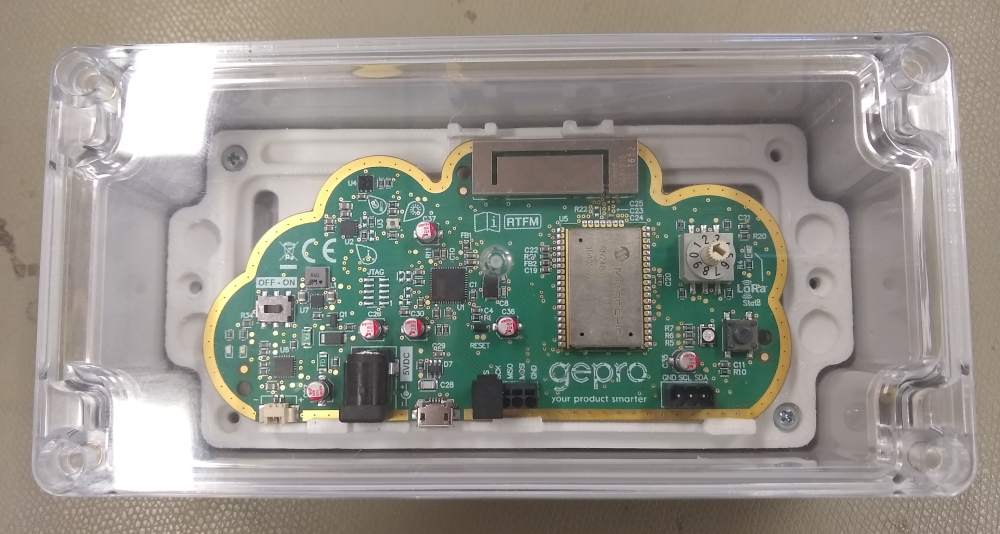
FYI:
I have a similar display from WaveShare.
With a short (I think 30cm) HDMI cable it works without having to add separate power via micro-USB (takes power from HDMI). With a longer HDMI cable it needs to be separately powered via micro-USB.
Nothing fancy – cheap MP1584 based step down regulators. I use these to power Raspberries in 12v instead of crappy 5v power supply…
Do you have a link to the right hand module?
I thought that usb connection was needed for the touch interface 
It is the first time I buy a “fixed voltage”, so was unsure how close it would be to 5v.
The ones with the trimpot are very stable, but not always easy to adjust if you don’t have watchmaker hands (and I don’t ![]() )
)
And it turns out they are pretty good, I get a constant 5.018v
Links:
you’ll see the voltage drop fast under some load 
I agree with you that thing won’t sustain the advertised 3 amps, but it is good enough to comfortably power a RPi gateway, much better than the 5v wall power supplies which are usually sold with RPi…
I haven’t measured the actual current, but I have a RPi3 based gateway with a fan which regulates temperature in the case and the voltage remains quite stable when the fan kicks in…
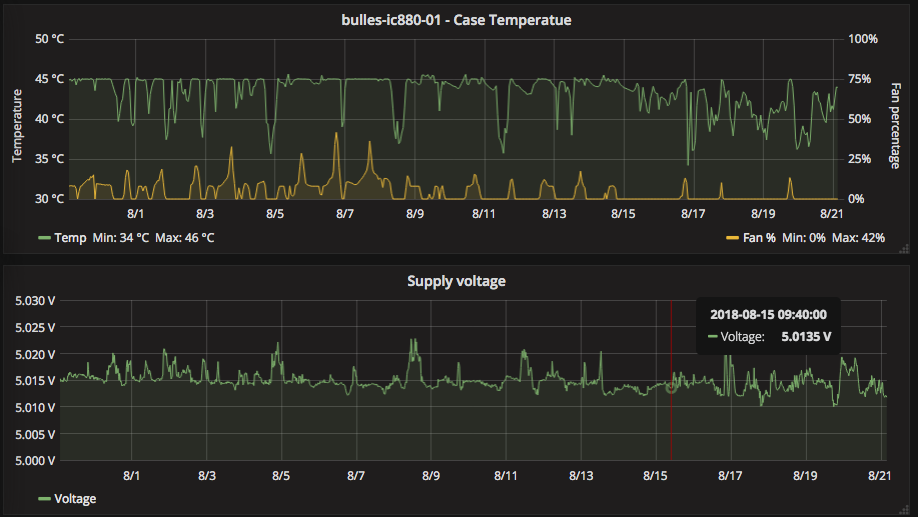
Since the gateway is in operation (February this year till now), we have:
![]()
Very little variation and never under 5v.
yes that’s nice stable… 
Indeed they (most) never provide the advertised amps irl.
also its a stepdown board… most problems I encounter are with step up dc dc dropping voltage very fast.
if you want to power something 5v from a lipo this one works well
here in the workshop today is ‘audio test day’
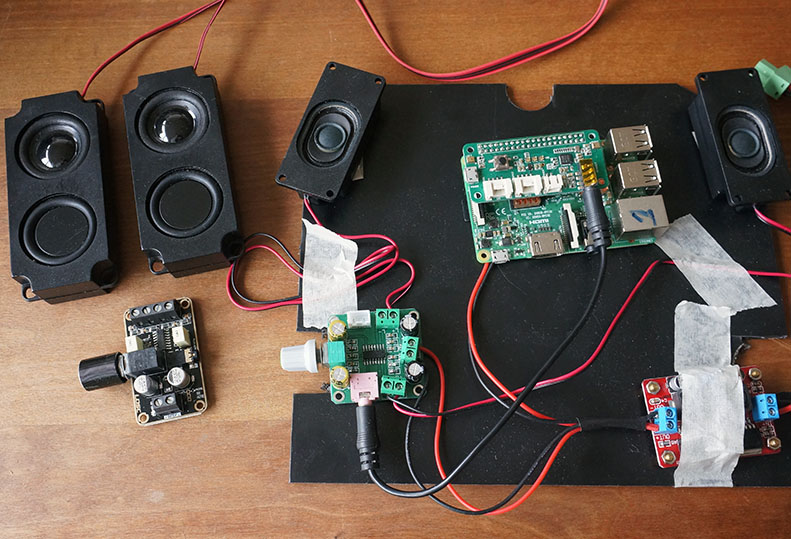
ah that’s better 
sing it google 
Yes the USB is required for the touch interface, but when not using touch a single (HDMI) cable can often be handy in temporary setups. Less clutter on the desk and the display stays into position more easily.
It has been a while since I tried the touch interface on my 5" HDMI display (use it for general purposes).
I found it not very usable for common Raspbian desktop tasks so never use it for that.
(IIRC some discrepancy or impossibility with double-clicks and/or tap-and-hold for opening context menu’s. It did not do what I preferred it to do / common behavior, this was similar when trying it as a secondary display on a Windows PC).
ok tnx
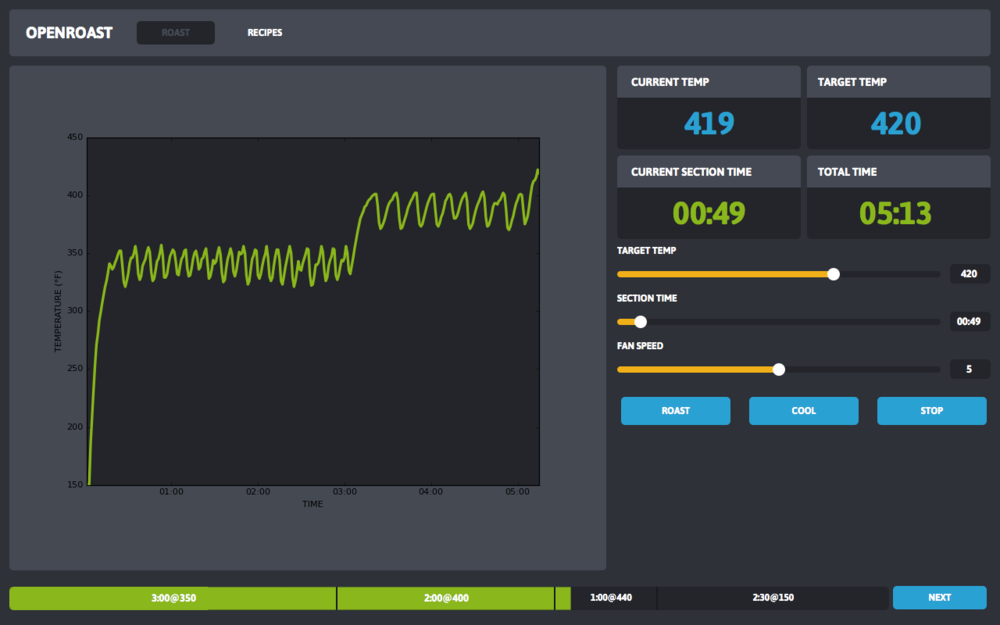
I want to ‘convert’ it into an input device… displaying nice buttons and graphs ,it’s indeed to small to use it as a ‘normal’ hdmi screen (I have that with '7 to)
this one should work in a mobile device one day …
Before soldering it on the backplane I tested the actual voltage drop on the gateway:
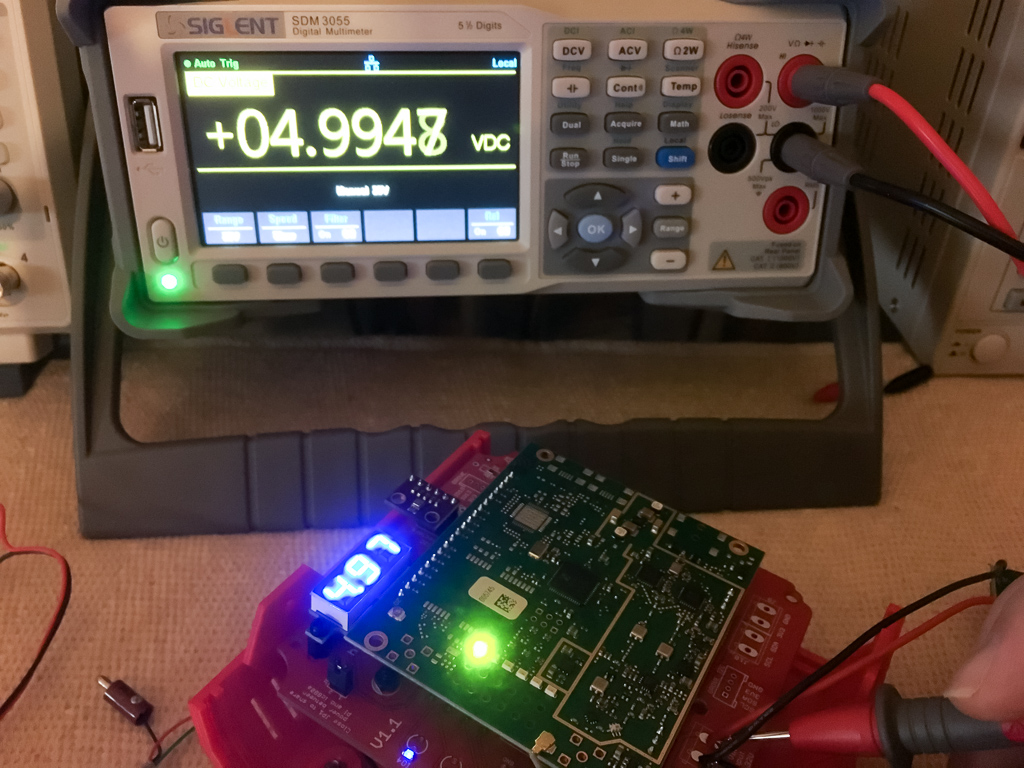
So we loose 0.025v - I’m good with that.
(The on-board voltmeter is lower because there is a voltage drop in-between)

Prototype of a shield for TTN UNO that students will use in IoT class using LoRaWAN and TTN
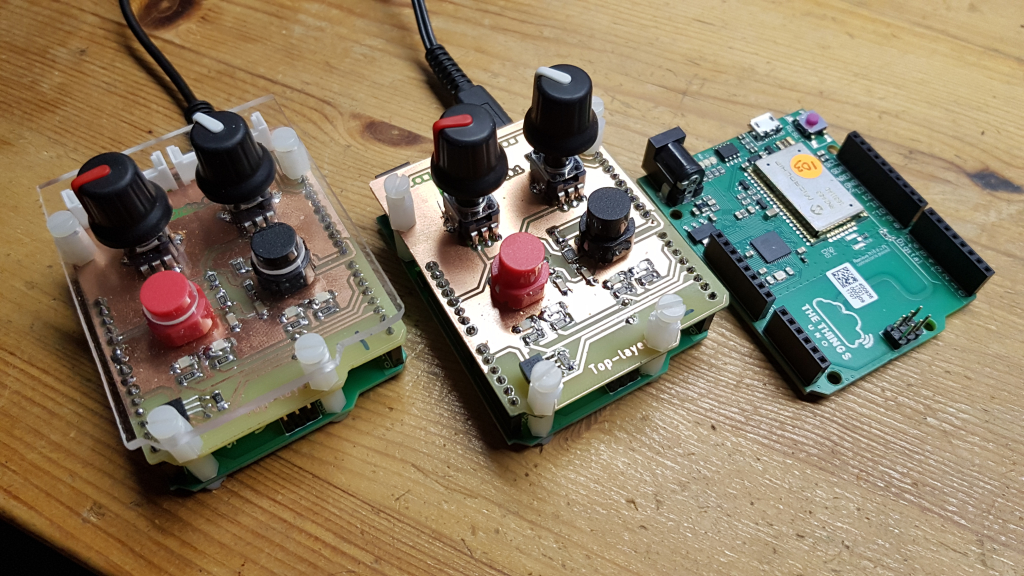
4 x rgb led
2 x rotary
2 x non latched button
2 x extension (I2C ?) connectors
just guessing …nice !
Nice try but: no.
2x potmeter connected to analog input
2x pushbuttons
4x leds (2x red, 2x green)
1x Dallas one wire temperature sensor (you need something real there)
4x Grove connector.
Using the shield library you can generate any value between preset limits by rotating the potentiometer. This is to simulate any sensor students require. Not on the picture but comes with it: a library to generate signals like sine, cosine, rectangle, square, and sawtooth shaped signals.
Great fun to make because it makes you think about LoRaWAN usage.